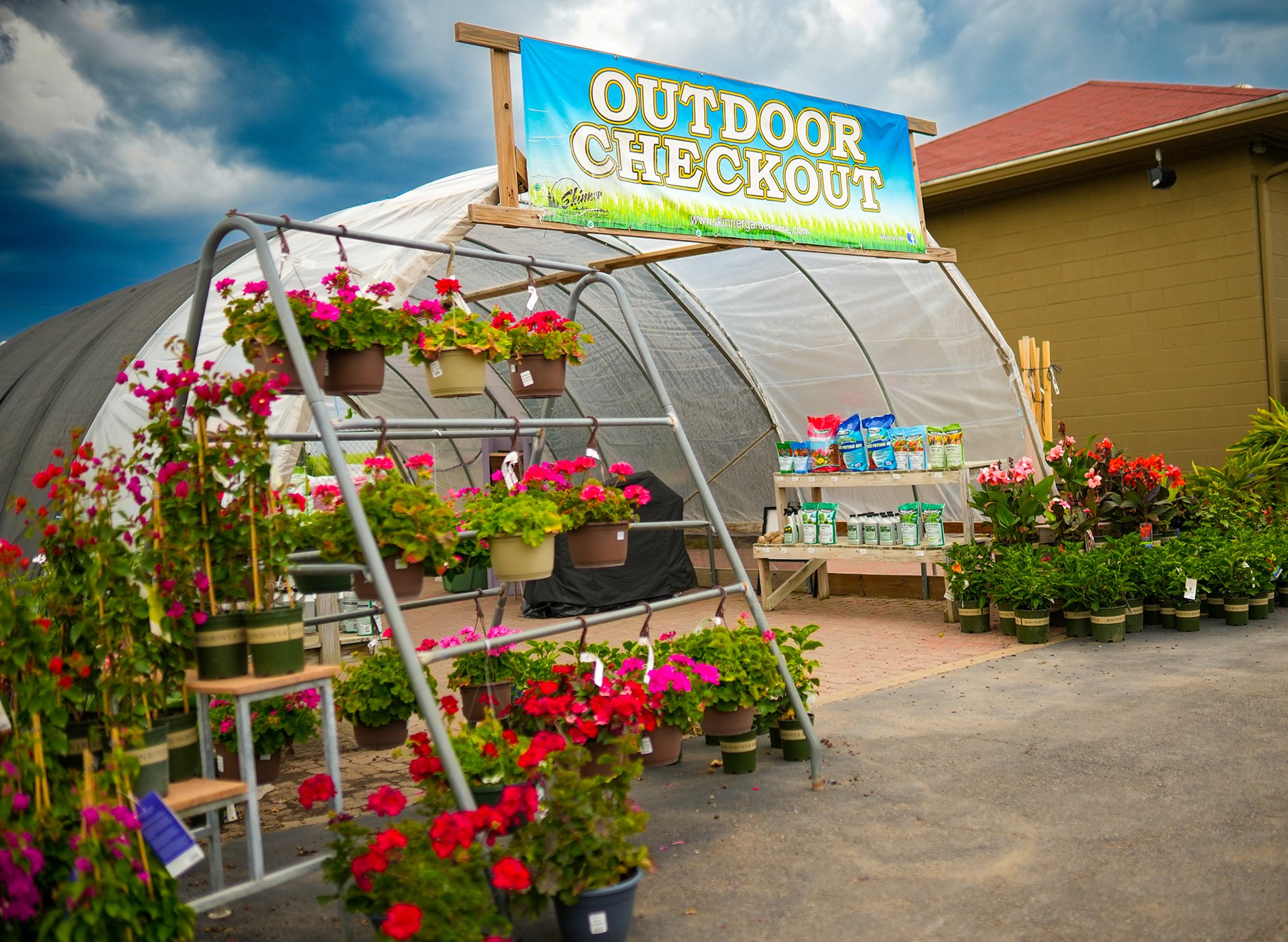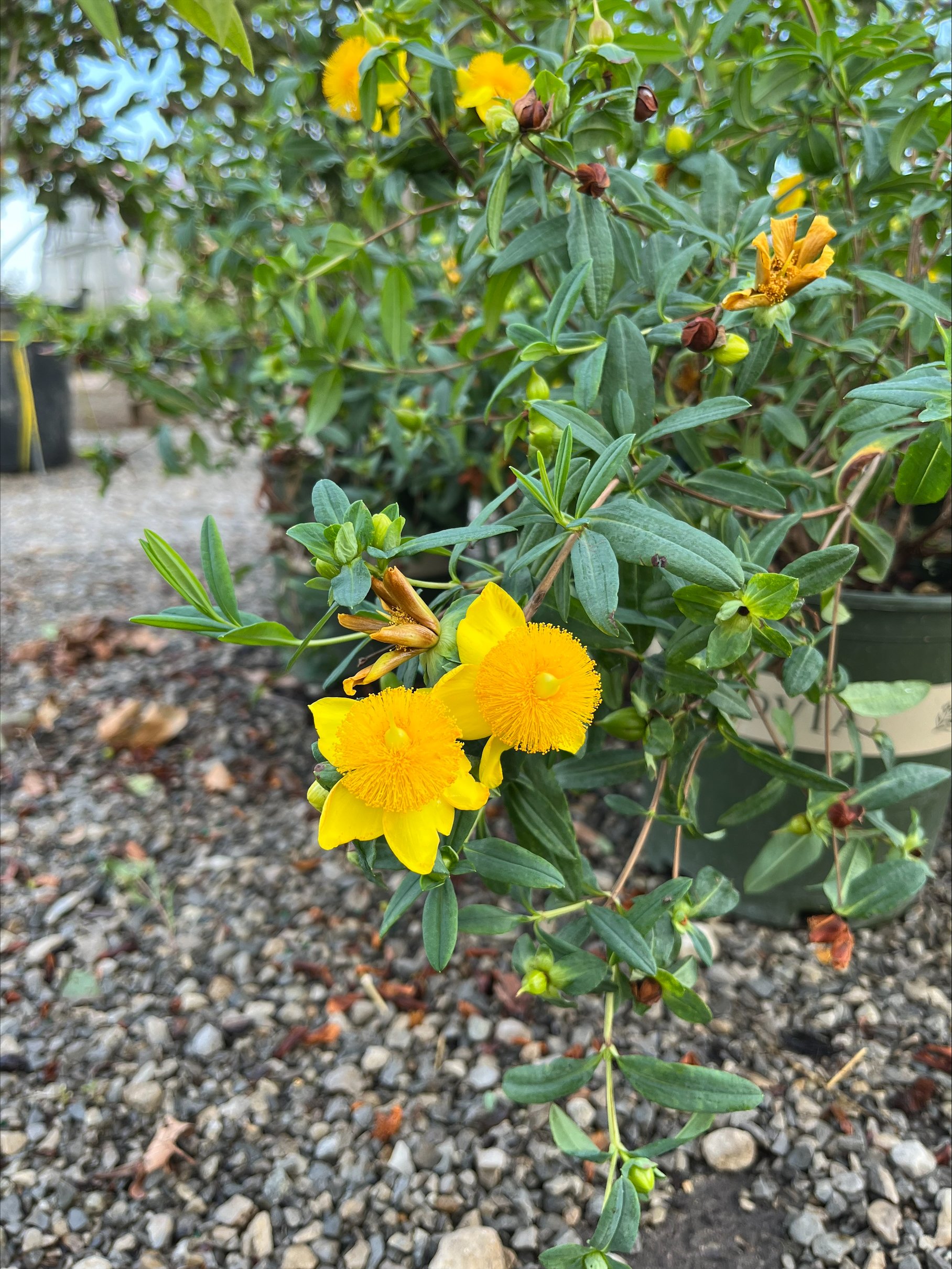unexpected opportunity
Opportunity.
That’s what I like to call it.
When a plant in my garden dies, it’s disappointing; but, I also see it as an opportunity. It’s a chance to try something new.
I could just get mad and frustrated, but that doesn’t really solve anything. Does it? I learned a long time ago, gardens are anything but static creations. They are ever changing, ever evolving. Plants come and go... and that’s just part of gardening.
But, it still sucks!
The storm that blew through a couple of weeks ago did a lot of damage across town. We got hit here at our store, too.
It was one of the craziest storms I’d ever been through. It felt like the tornado scene from the Wizard of Oz. All we could do was watch as the wind wreaked havoc on the world outside. Debris was flying everywhere!
And, that storm left its mark. We took damage on several of the structures around the garden center. Roofs are torn or missing, one structure was flattened and numerous others took hits from flying debris. The damage is frustrating, but fixable.
What hurts the most was the damage to the trees.
Through the years, we’ve planted a lot of trees out here. Some likely date back to the 1950s when our store first opened. Fortunately, most of those came through with only minor damage. However, some of their younger neighbors didn’t fare so well.
A few small ones were completely blown over and numerous others were left with a pretty good lean. A couple of our large shade trees, the Heritage River Birch standing in our tree section, and the Allee Lacebark Elm shading the west end of our shrub section took major hits to their crowns. And, the Sargent Crab that’s graced the southwest corner of our lath house for so many decades, well, there wasn’t much if it left.
It’s sad to see all these trees damaged, especially the Sargent Crab. I think we all loved that tree the most. I can’t tell you how long ago it was planted, but I have memories of it being big and impressive and full of character even when I was a kid working out here—and that was over 40 years ago. It had been around for a while.
They’re all going to have to come out—and that hurts. As I’m sure you would agree, you grow attached to the plants in your landscape. They tend to hold a special place in our hearts. And that’s especially true with large works of art, like old trees.
We all know things come and go in a garden. That’s just the way it is. As much as we hate having it happen, it does create an opportunity.
New trees will need to be planted in the empty spaces and we’ll all get to enjoy watching them grow and develop over the years to come.
A wise customer taught me many years ago, that’s the fun part of gardening.
Cameron Rees, General Manager
And, luckily, I know a great place to get new trees!
Hopefully your garden didn’t get hit too hard by the recent storms. But, if it did and you’re also experiencing new “opportunities,” come see us. We can talk trees, help you process loss, and provide some advice for the big decisions that come with new opportunities.
—Cameron
What’s New?
We all know plants need water. We also probably all understand that plants will need to be watered from time to time when it’s dry.
But, what about when it’s hot? Do we need to water just because it’s hot?
The answer is no. Hot weather alone is not enough of a reason; but, dry soil is, regardless of the temperature.
Overwatering kills plants. Waterlogged soils deprive the roots of the vital oxygen they need to grow and thrive. And, that happens even faster when it’s hot out—so don’t over do it.
Keep an eye on things, and only water when it gets dry enough to need it.
summertime at the garden center
We get a lot of questions about what happens out here during the summer.
First of all, we’re still helping folks out with plants and other gardening supplies—just like any other time of the year. (Remember, if you can dig the hole, you can plant. Just be prepared to water!)
But beyond that, a lot of our summer activities revolve around plant maintenance.
Our July and August months are filled with a lot of repotting, some trimming, some fertilizing, and—of course—a lot of watering. We’re not receiving many new plants this time of year, so most of the nursery activities are all about keeping crops growing and keeping them healthy.
It’s a lot of work... but we enjoy it! Come see us!






















